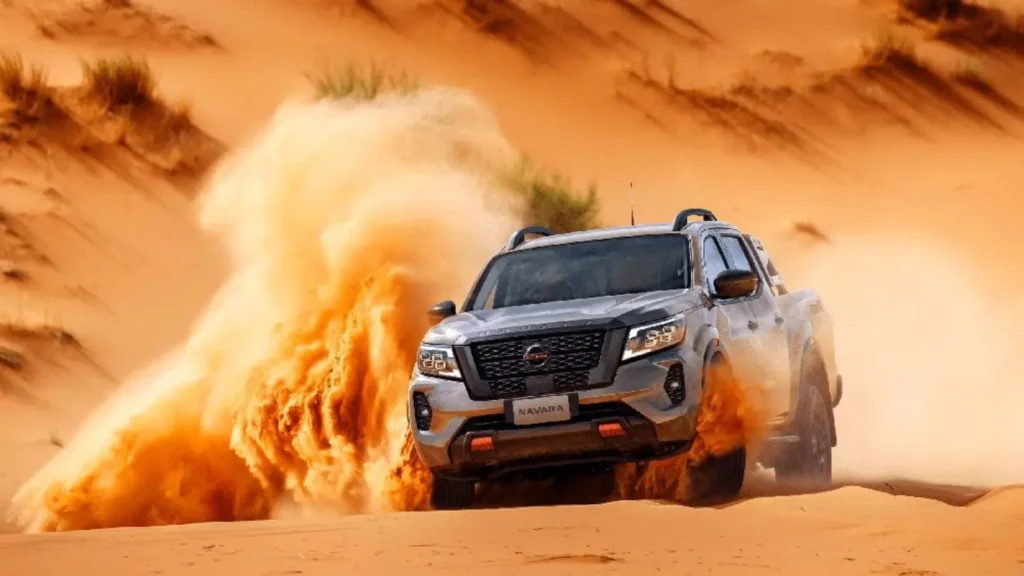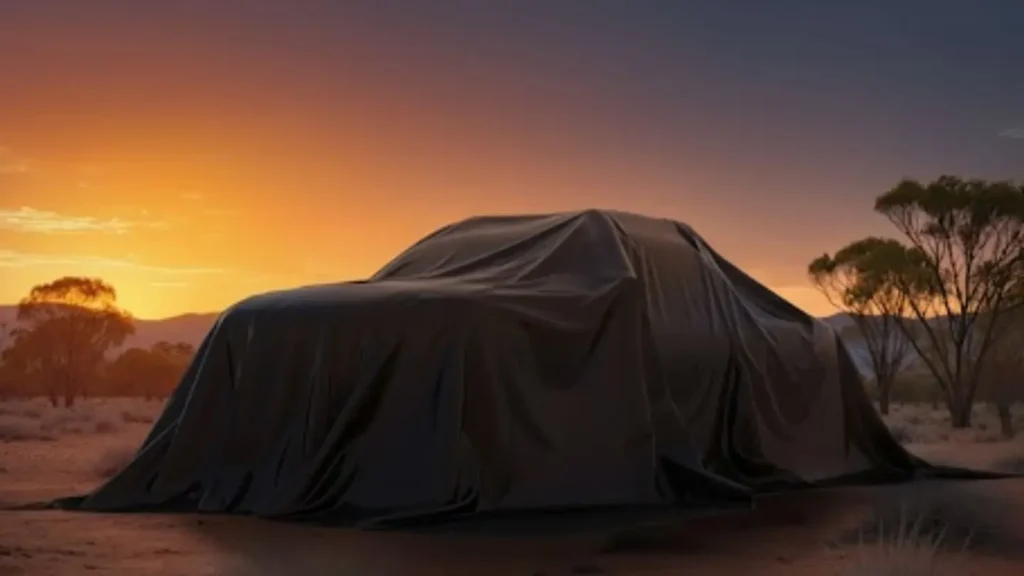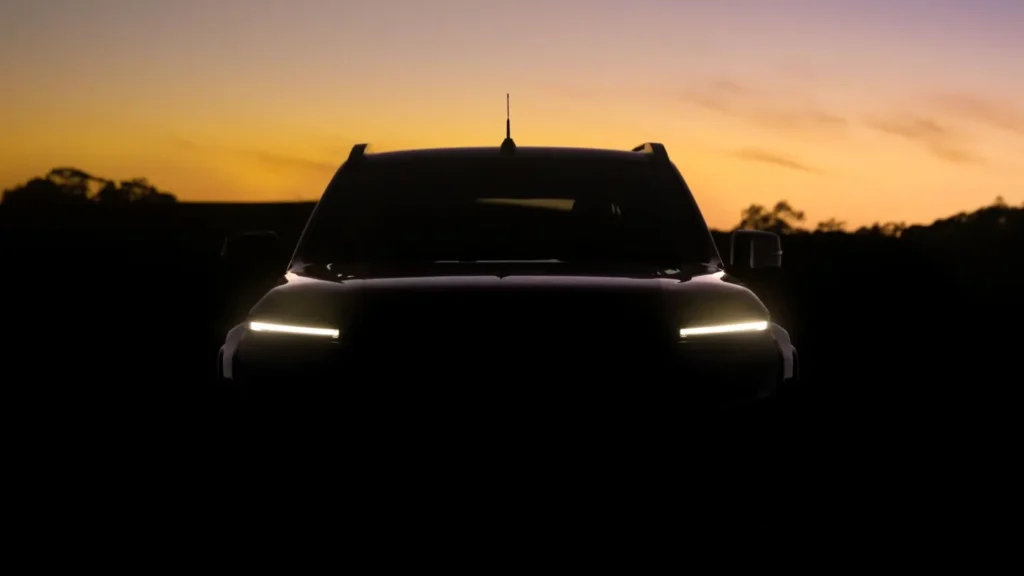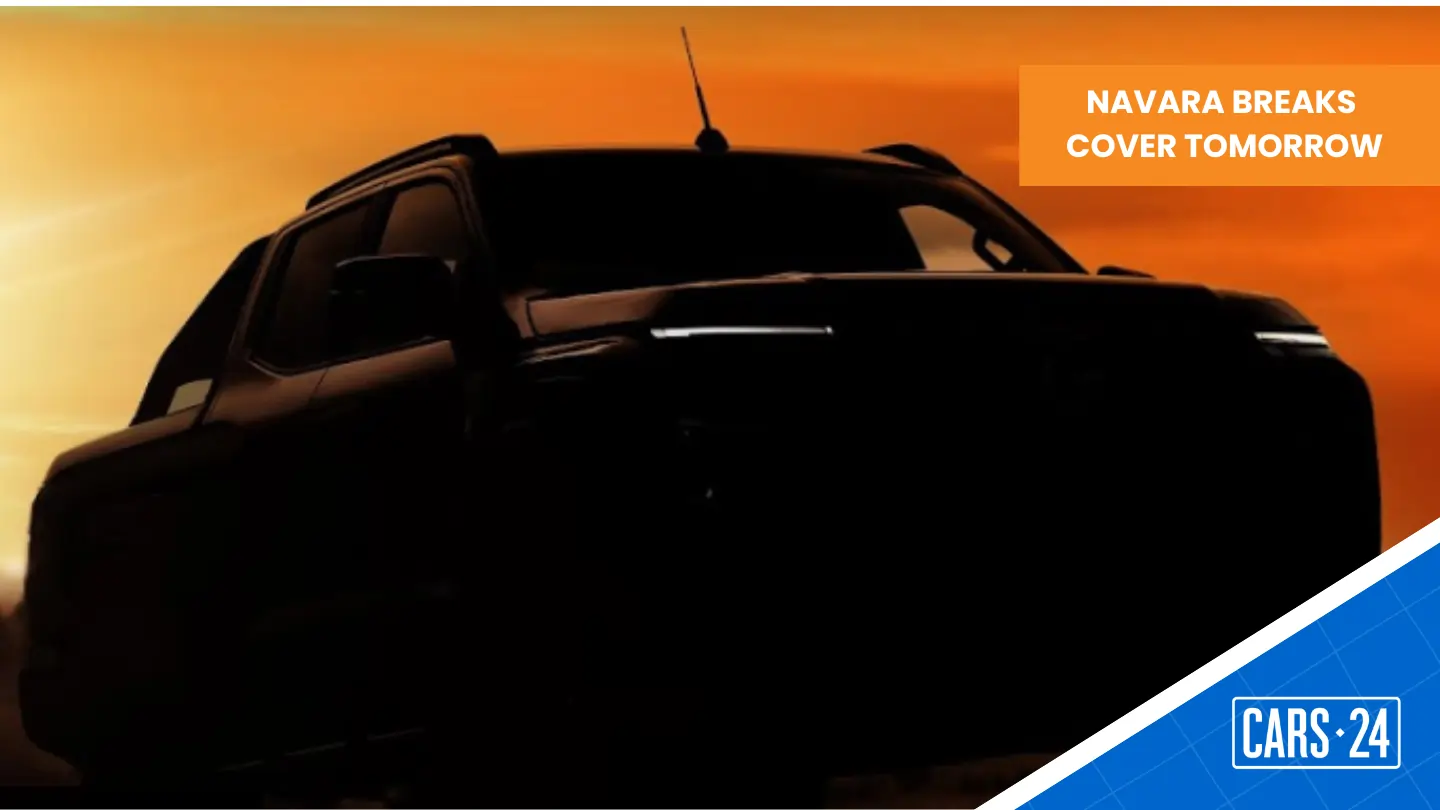The next-generation Nissan Navara will make its global debut tomorrow, 19 November, marking the first complete generational change for the popular ute in a decade. The reveal will be livestreamed from South Australia at 8:30 pm ACDT, with Nissan positioning the new model as a significant step forward for customers in Australia and New Zealand, two of its most critical dual-cab markets.
While Nissan has kept tight control over pre-reveal imagery, recent information and testing details give a clearer picture of what buyers can expect. And it’s not all straightforward- the 2026 Nissan Navara is heavily based on the Mitsubishi Triton, a move that may raise eyebrows among loyalists. Still, Nissan insists the final product will not simply be a rebadged Mitsubishi.
A new Nissan Navara that shares its bones with the Mitsubishi Triton
Nissan has confirmed that the new Navara is part of a joint development program with Mitsubishi, sharing Body structure, doors, cab footprint, interior architecture and powertrain. You can expect a 2.4-litre twin-turbo diesel (150kW/470Nm), 6-speed automatic and a part-time 4WD system.
This means mechanically, the Nissan Navara is likely to feel familiar to Triton owners. For some buyers, the shared DNA won’t be an issue. The new Mitsubishi Triton has been widely praised for its refinement and structural rigidity, but others may question whether the Nissan Navara still carries a distinct Nissan identity.
Locally tuned for Australia, more than a Triton clone

To address that identity crisis, Nissan has called on Premcar, the Melbourne-based engineering house behind the popular Nissan Navara Warrior and Nissan Patrol Warrior programs, as well as former FPV performance tuning.
Nissan says Premcar has:
- Developed and tested the suspension specifically for the Navara
- Adjusted ride and handling for Australian and NZ conditions
- Input into off-road calibration and response
This suggests meaningful changes, not just validation testing. The goal is clear – to ensure the Nissan Navara drives differently enough from the Mitsubishi Triton to satisfy buyers who expect a unique Nissan character.
Premcar’s involvement is a promising sign, but expectations should remain realistic. The underlying architecture still comes from Mitsubishi, and some Triton characteristics, including its drivetrain and cabin layout, are likely to carry over.
2026 Navara Exterior highlights

Spy footage and teasers indicate:
- A unique front fascia
– Different grille
– New headlight shape
– Redesigned bumper - A distinct sports bar
- New wheel designs
- Similar door skins, roofline and proportions to Triton
The front end takes cues from the US-market Nissan Frontier, which could help visually distance the Nissan Navara from its Mitsubishi roots.
2026 Navara Interior highlights

Early glimpses reveal:
- Steering wheel from Triton, likely with Nissan badge
- Same touchscreen housing and layout
- Identical centre console, HVAC placement, and switchgear
Nissan may tweak materials, colours and software, but buyers expecting a ground-up new cabin may need to temper expectations.
What to look forward to and what to watch out for

Potential Strengths
- Premcar suspension tuning could improve handling and off-road ability.
- Nissan Frontier-inspired styling gives it a tougher identity.
- Proven 2.4-L twin-turbo diesel should offer strong mid-range torque.
- Local testing ensures suitability for ANZ conditions.
Potential Concerns
- Shared cabin and drivetrain may disappoint buyers seeking a fully Nissan-designed vehicle.
- Six-speed auto feels dated compared to 8- and 10-speed automatic gearboxes offered by rivals.
- Perception risk: Some may see it as a Triton in Nissan clothing.
- If the pricing is too close to the Triton, the Navara’s value proposition could be questioned.
Key takeaways for buyers

Buyers can expect a ute that feels more tailored to Australian and New Zealand conditions than the Mitsubishi Triton it’s based on. Premcar’s local suspension tuning should deliver better ride comfort, improved load stability and stronger off-road manners, giving the Nissan Navara a more confident and composed feel.
However, the shared platform brings limits. The interior appears identical primarily to the Mitsubishi Triton, and the six-speed automatic is dated compared with rivals that now use eight- or ten-speed units. Anyone hoping for a ground-up redesign of the Nissan may find the cabin and drivetrain too familiar.
The biggest unknown is value. If Nissan prices the Navara too close to the Mitsubishi Triton, buyers may start questioning what they’re paying extra for. But if the local tuning genuinely lifts real-world performance, the new Nissan Navara could carve out a distinct position, provided expectations stay grounded.

Comments
New Comment